Understanding Time Controls in Chess
Chess, hailed as one of the world’s most strategic and intellectually demanding games, has always been a test of not only wits and foresight but also speed and time management. The utilization of clocks in chess serves to ensure a smooth pacing of the game and introduces an additional layer of tactical depth and pressure. Here, we delve deep into why chess games are timed, the variety of time controls used, and how these affect the game's dynamics.
History of Time Controls in Chess
The concept of timed chess games is not a contemporary invention. The introduction of chess clocks dates back to the late 19th century. Before that, games could last indefinitely, sometimes even spanning several days. This posed a significant challenge in structured tournament settings. The first significant use of chess clocks was recorded in the London Tournament of 1883, where sandglasses were used to measure the time each player took. This marked a pivotal movement in the evolution of competitive chess.
Types of Chess Clocks
Chess clocks have evolved significantly since the 1800s. The primary types include:
- Mechanical clocks: These were the first clocks used in chess, featuring two adjacent clocks with a button on top of each one. The pressing of one button stops one clock and starts the other. Despite their fall from prevalence, mechanical clocks are still used due to their reliability and traditional appeal.
- Digital clocks: These are now the standard in modern chess tournaments. Digital clocks allow for more complex time controls, such as increments and delays, which are not possible with mechanical clocks.
Common Time Control Formats
Time control in chess is the mechanism that regulates the amount of time each player has to make a move. There are several formats of time control:
- Classical: This format affords players a considerable amount of time, usually from 1 to 2 hours each along with an additional period of 30 minutes after a certain number of moves. It is used in most world championship matches and top-level games.
- Rapid: Each player gets 15 to 60 minutes, suitable for moderately serious games that still allow for deep thinking.
- Blitz: Each player has 5 to 15 minutes, making for an extremely fast-paced game that tests quick thinking and instincts.
- Bullet: Games have less than 3 minutes per player, often just 1 or 2 minutes. Such games are very fast and require immediate reactions.
Increment and delay are two additional settings that can be programmed in digital clocks. An increment adds a few seconds to a player’s clock after every move, while a delay holds the clock for a few seconds before it starts counting down. Both settings help manage time more effectively and allow for a slight relief under the pressure of a clock.
Strategic Implications of Timed Games
Time controls bring an additional layer of complexity to the game of chess. Players must not only plan their moves based on strategy but also consider how much time they consume per move. Managing one's clock becomes a skill as crucial as the game itself, sometimes leading players to make suboptimal moves in haste.
Furthermore, differing time controls can significantly alter the style and intensity of the game. Blitz and bullet chess, for example, tend to emphasize quick decision-making and intuitive play, whereas classical games allow for greater depth of calculation and longer-term strategic planning. This variety ensures that chess remains a dynamically challenging and engaging game across all levels of play.
Conclusion
Timed chess games, through the integration of chess clocks and varying time controls, balance the demands of sport, art, and science within the game. They bring out nuances that challenge even seasoned players, from managing the clock to adapting strategies based on remaining time. As chess continues to evolve, so too does the role of time in its strategic battleground.
Explore our large collection of luxurious chess sets!

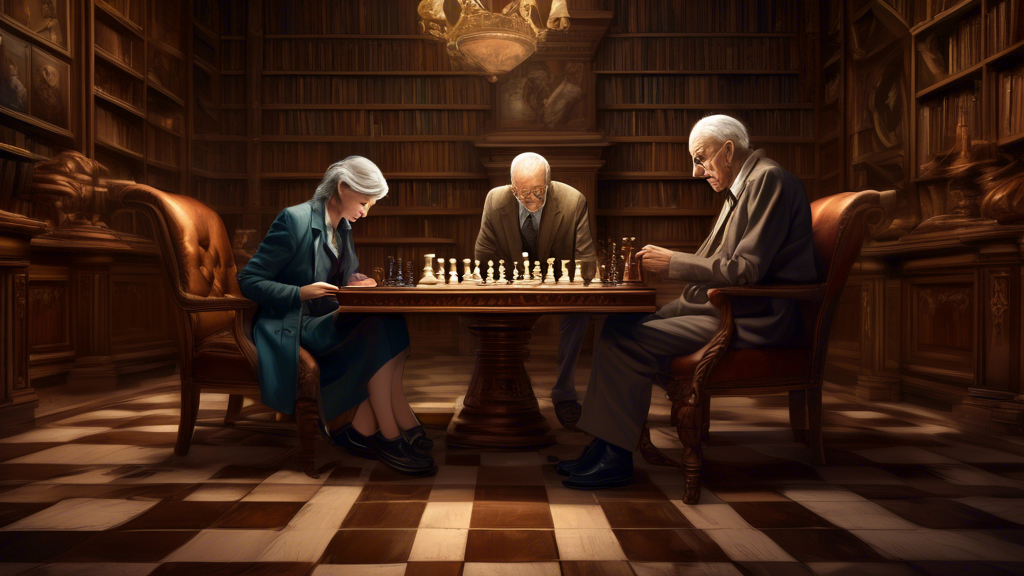
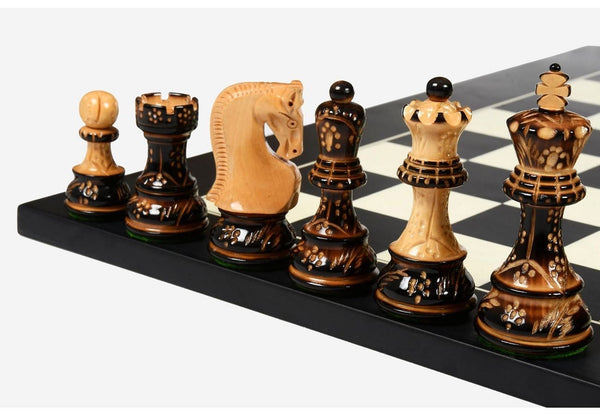
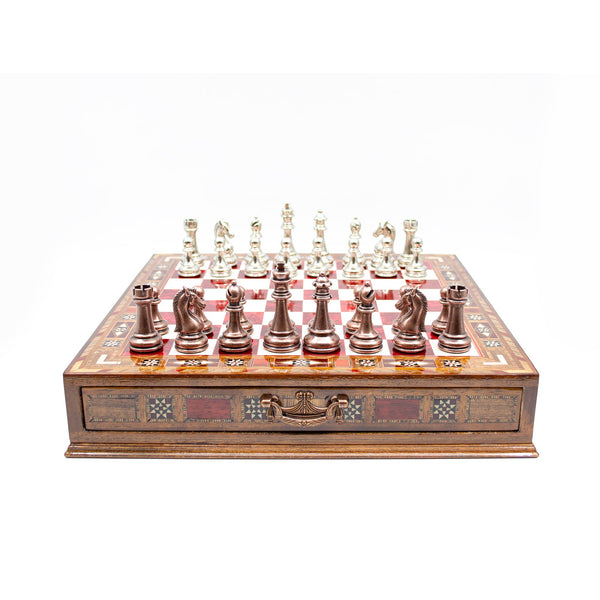
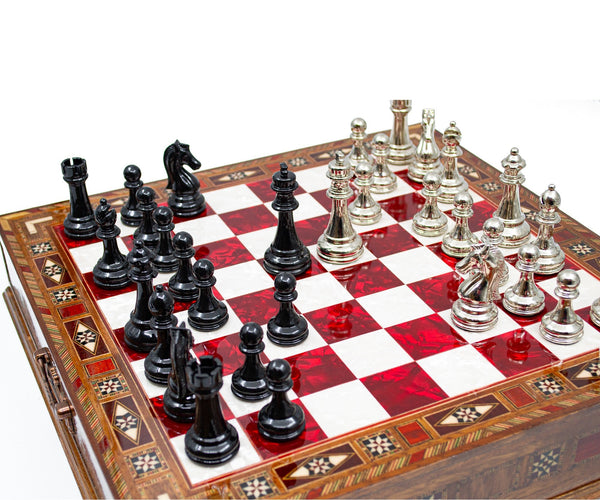
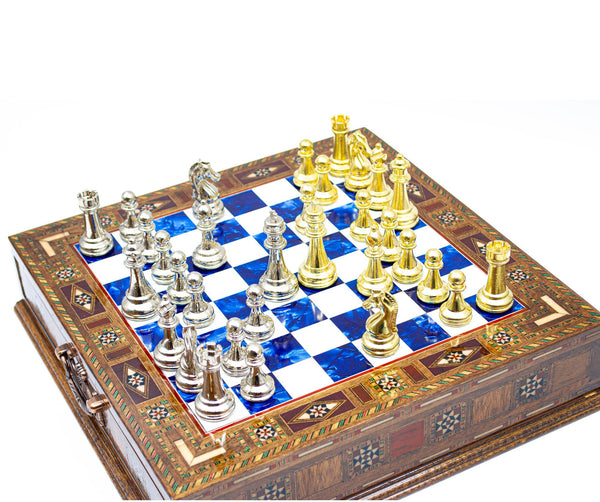
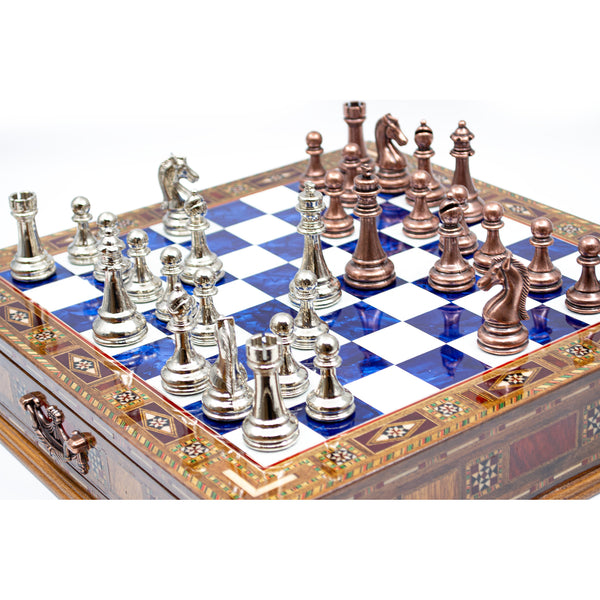
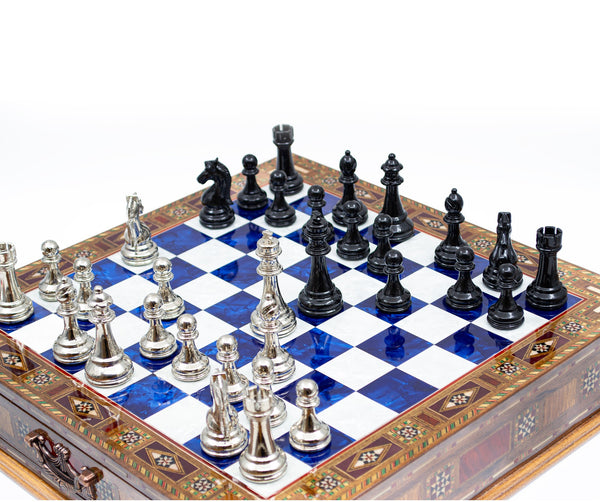



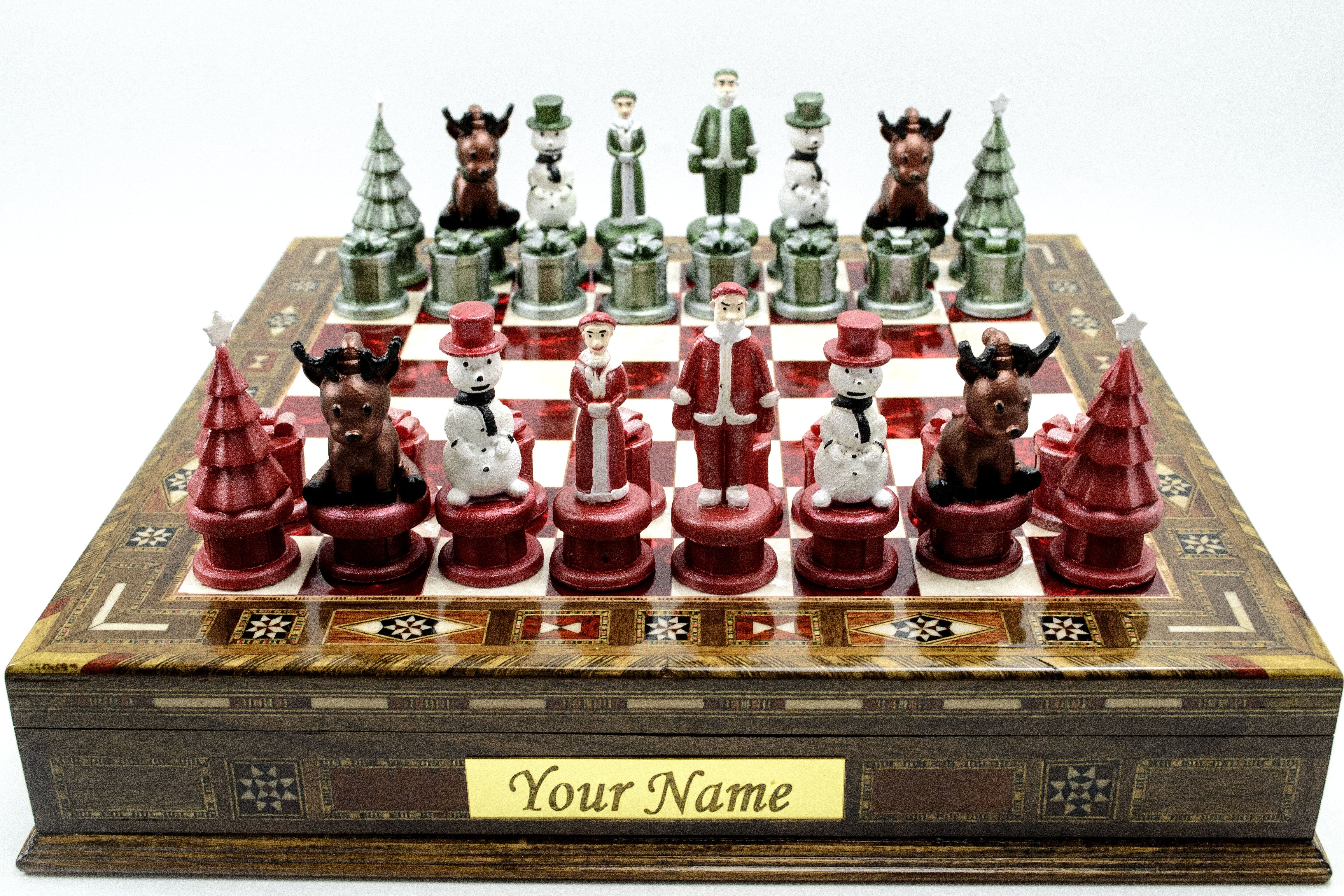




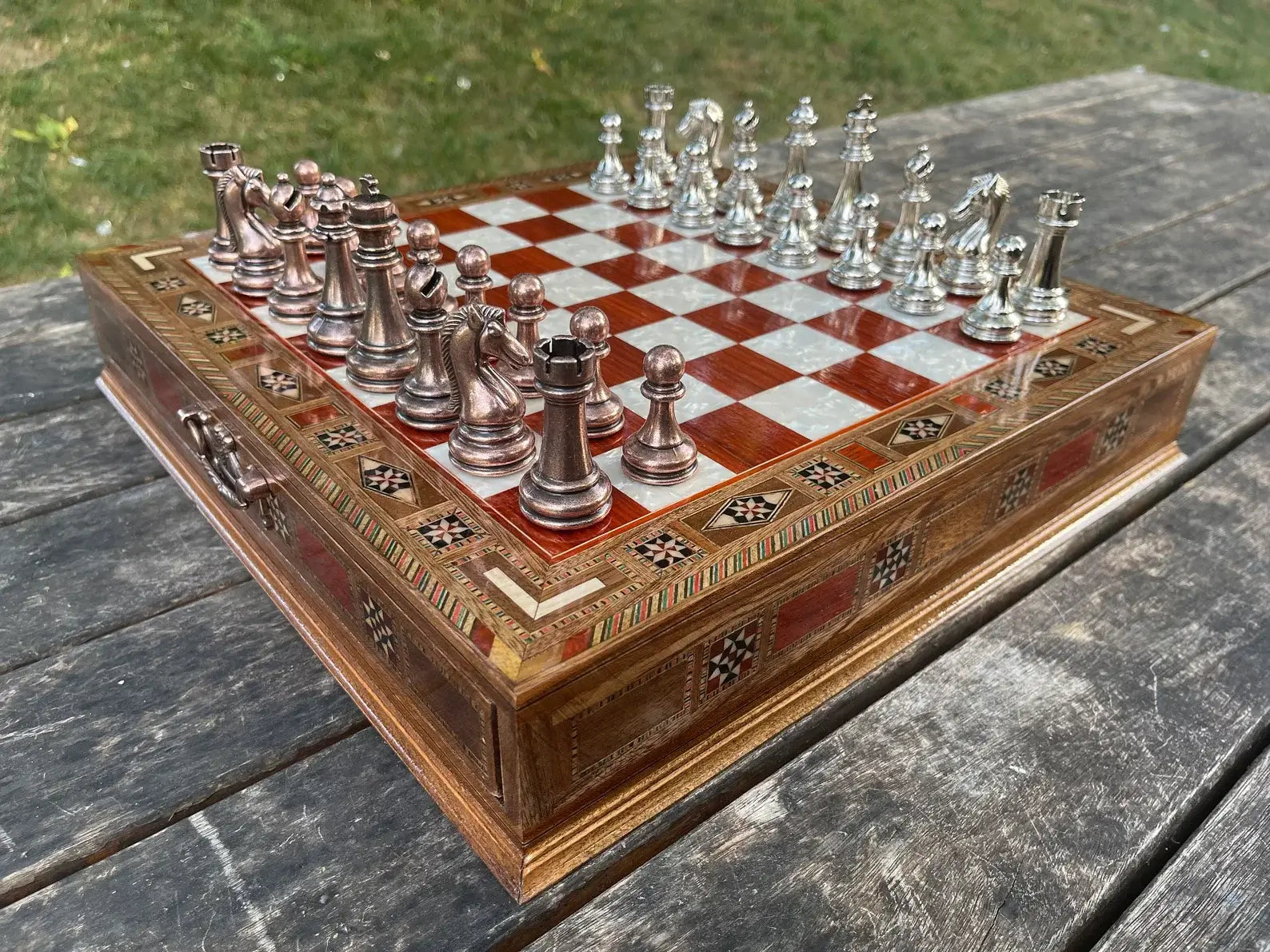
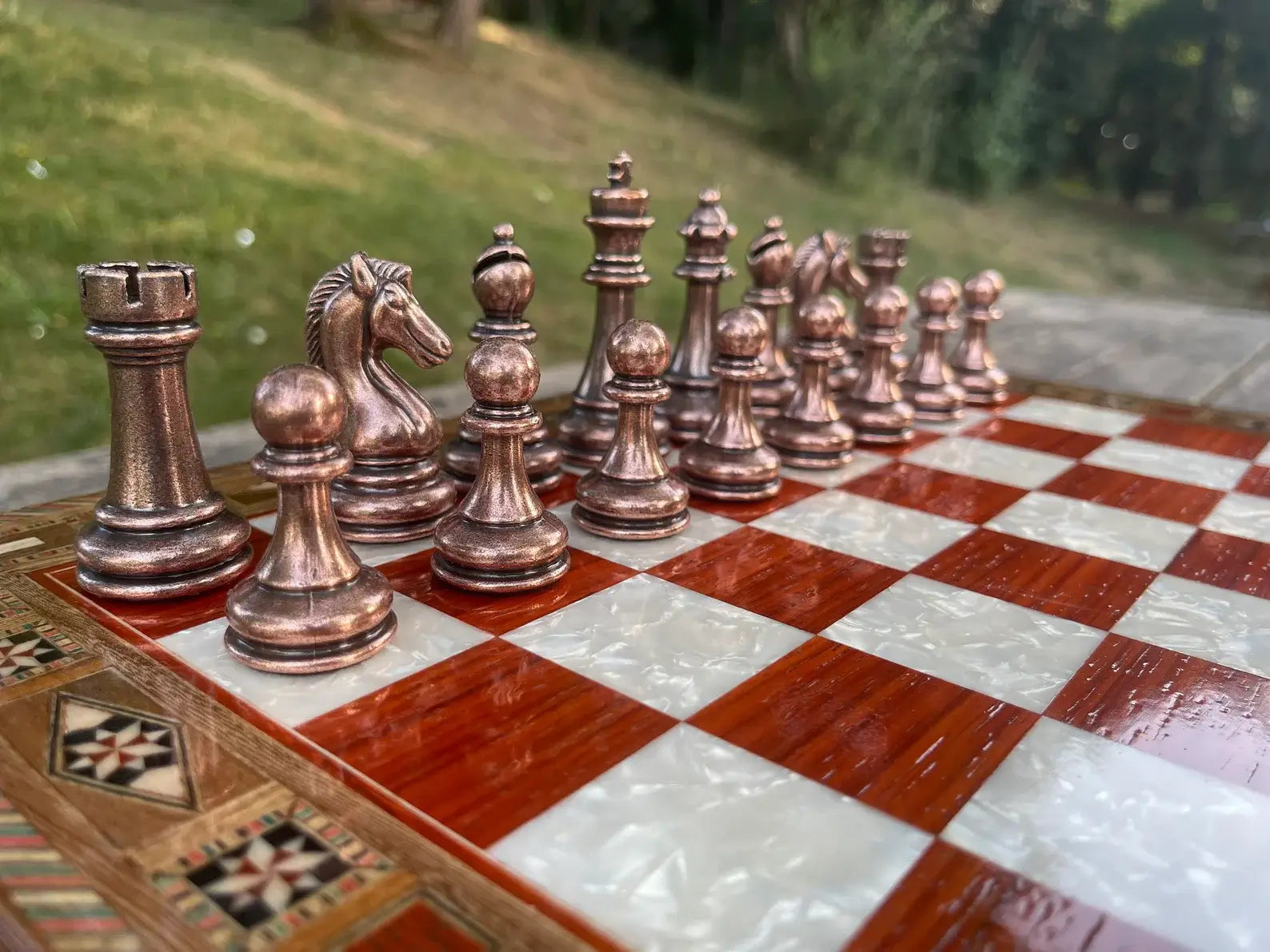
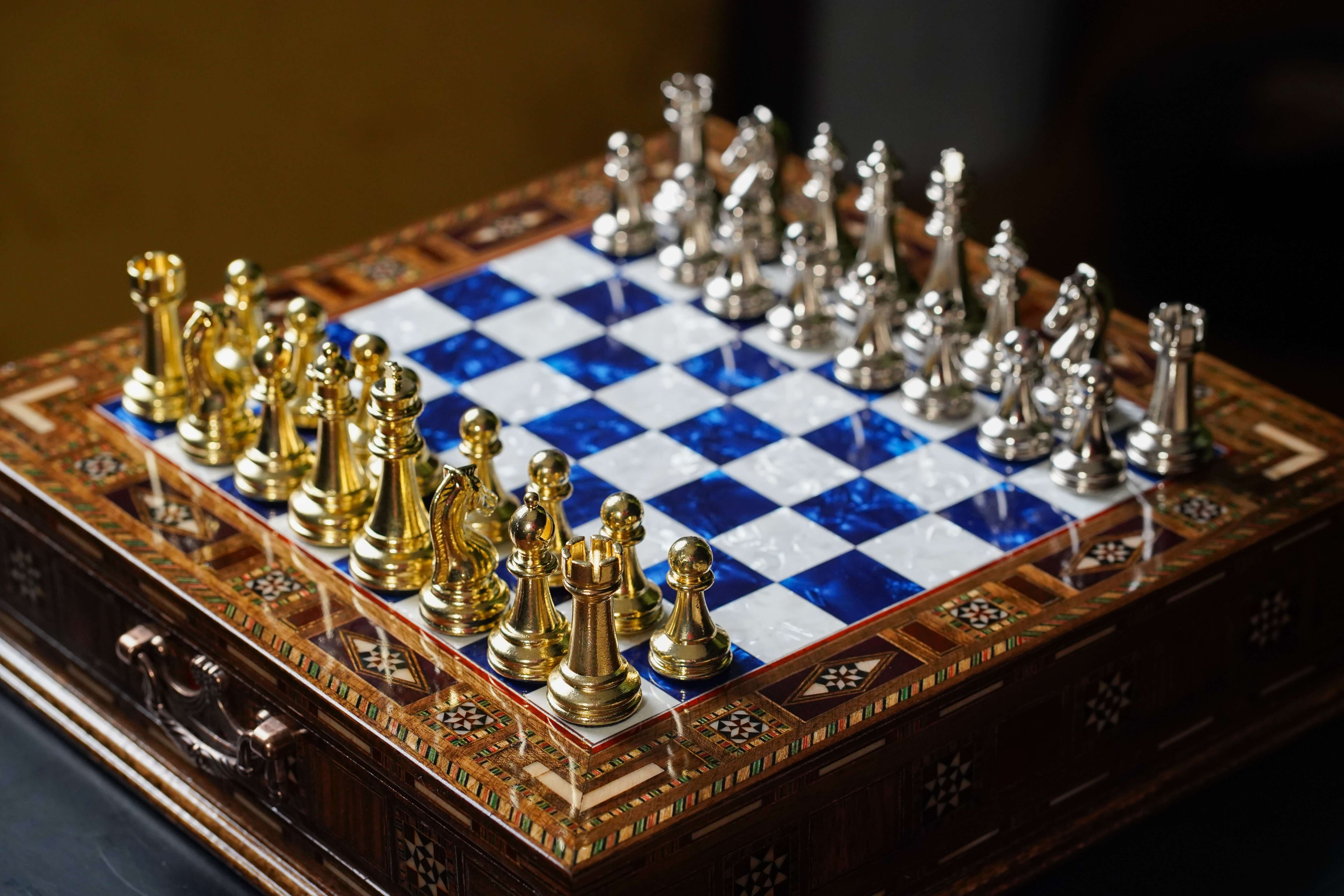
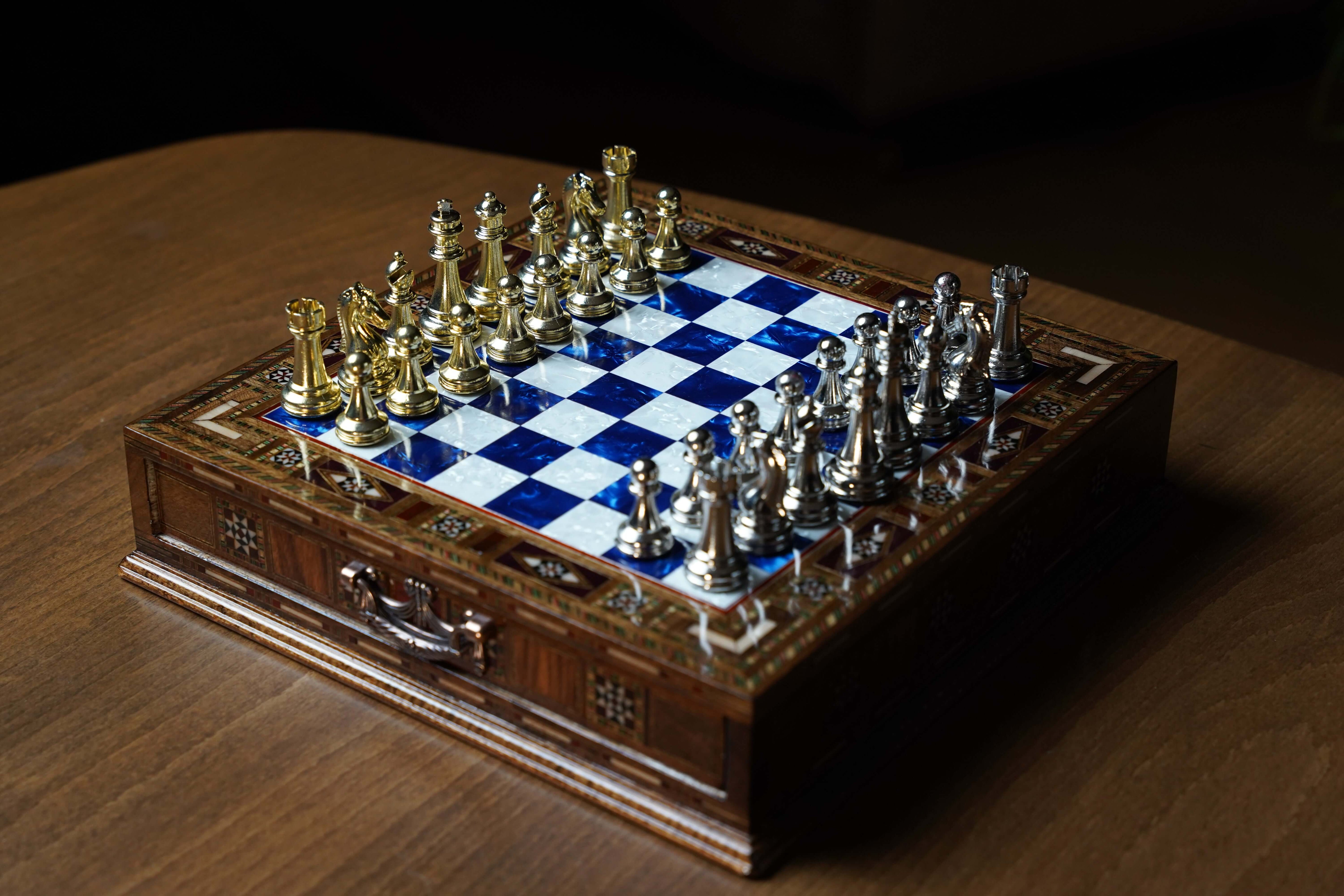
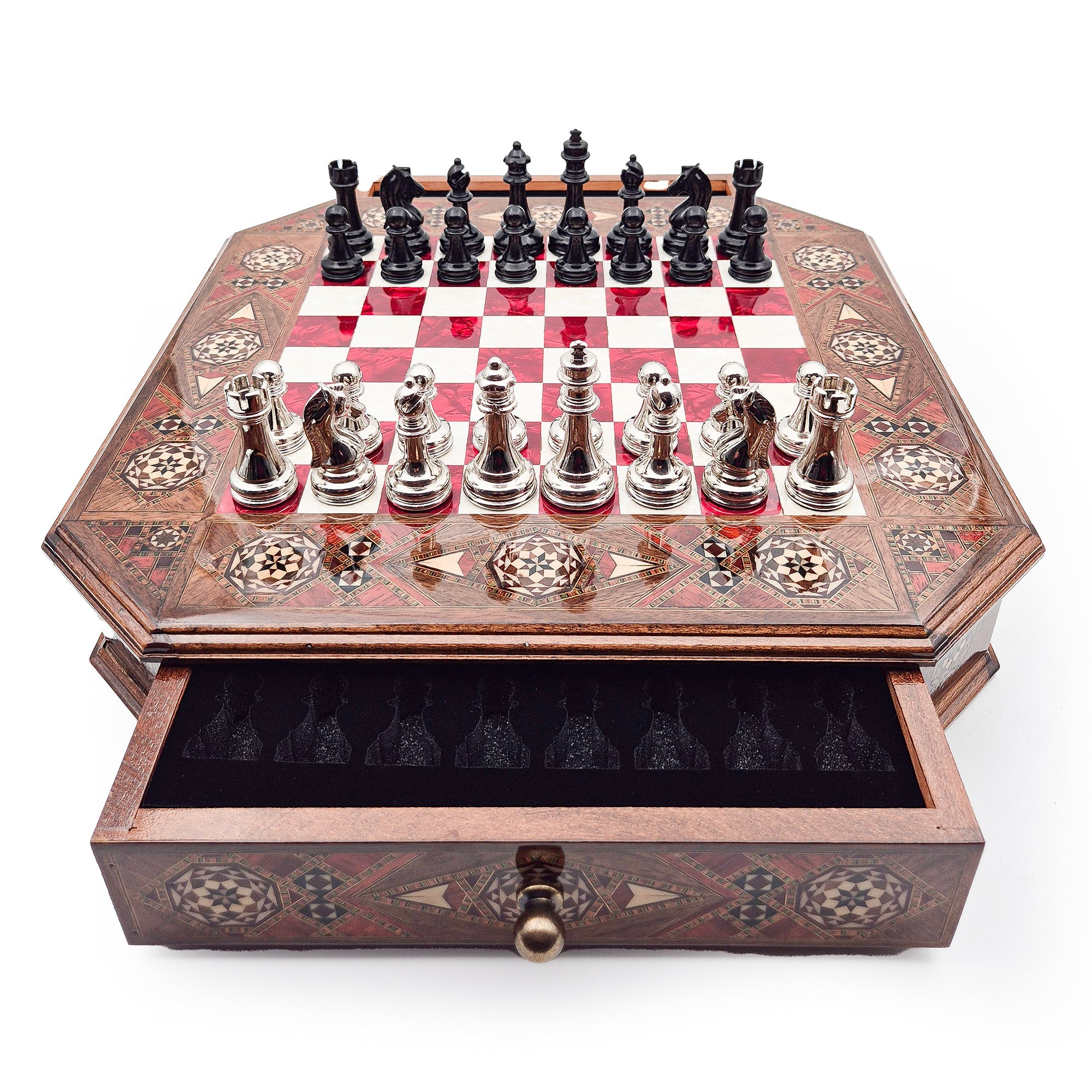
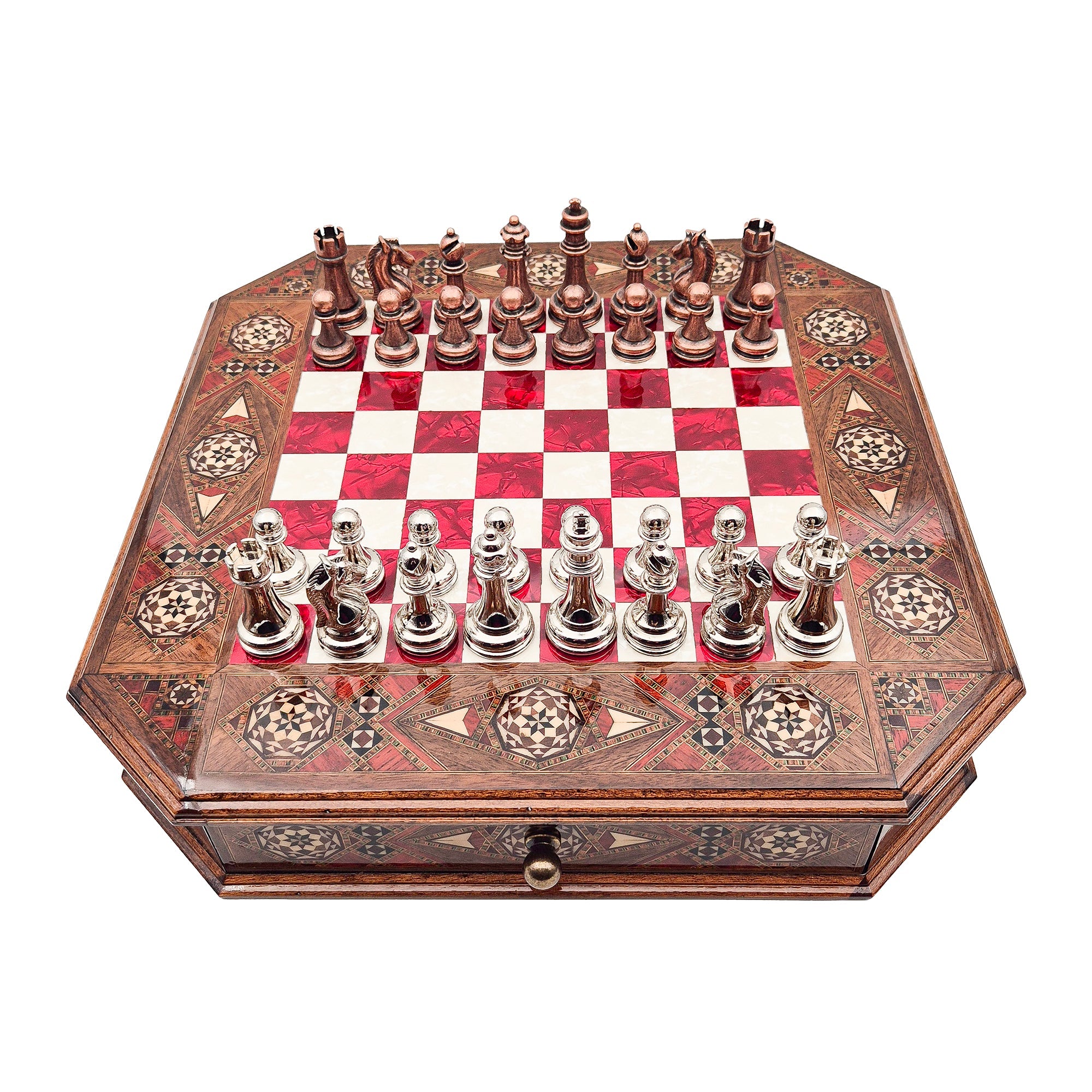
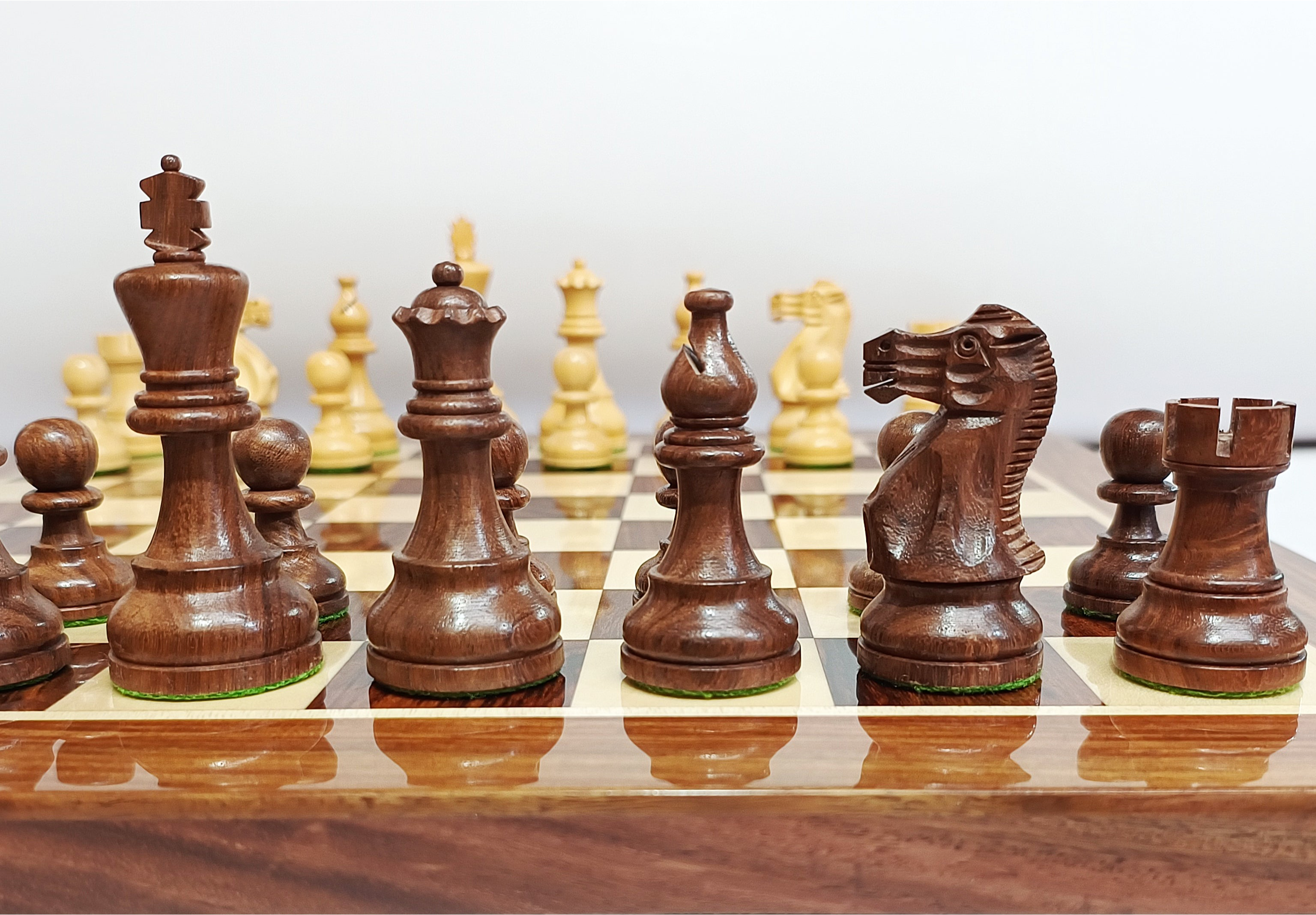

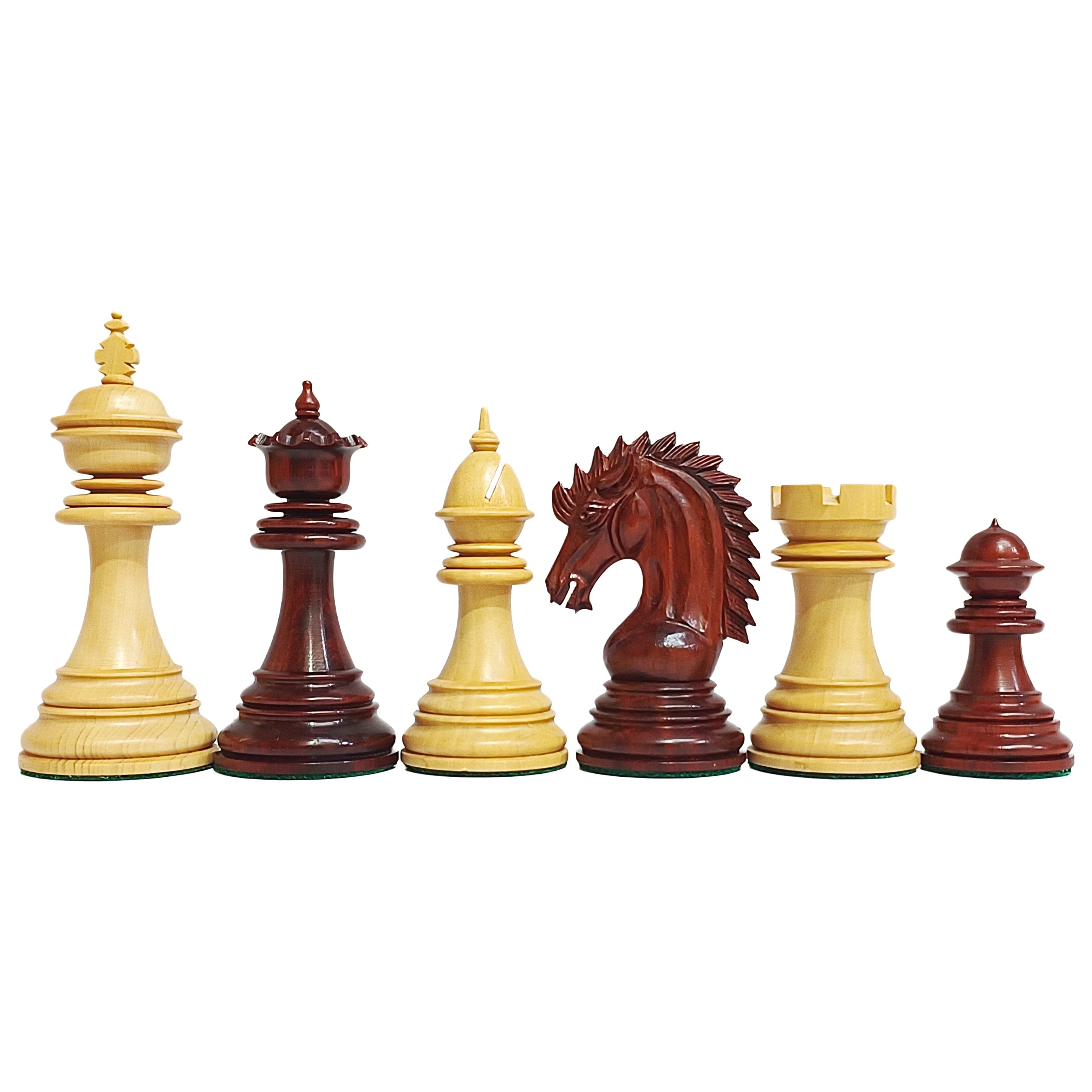
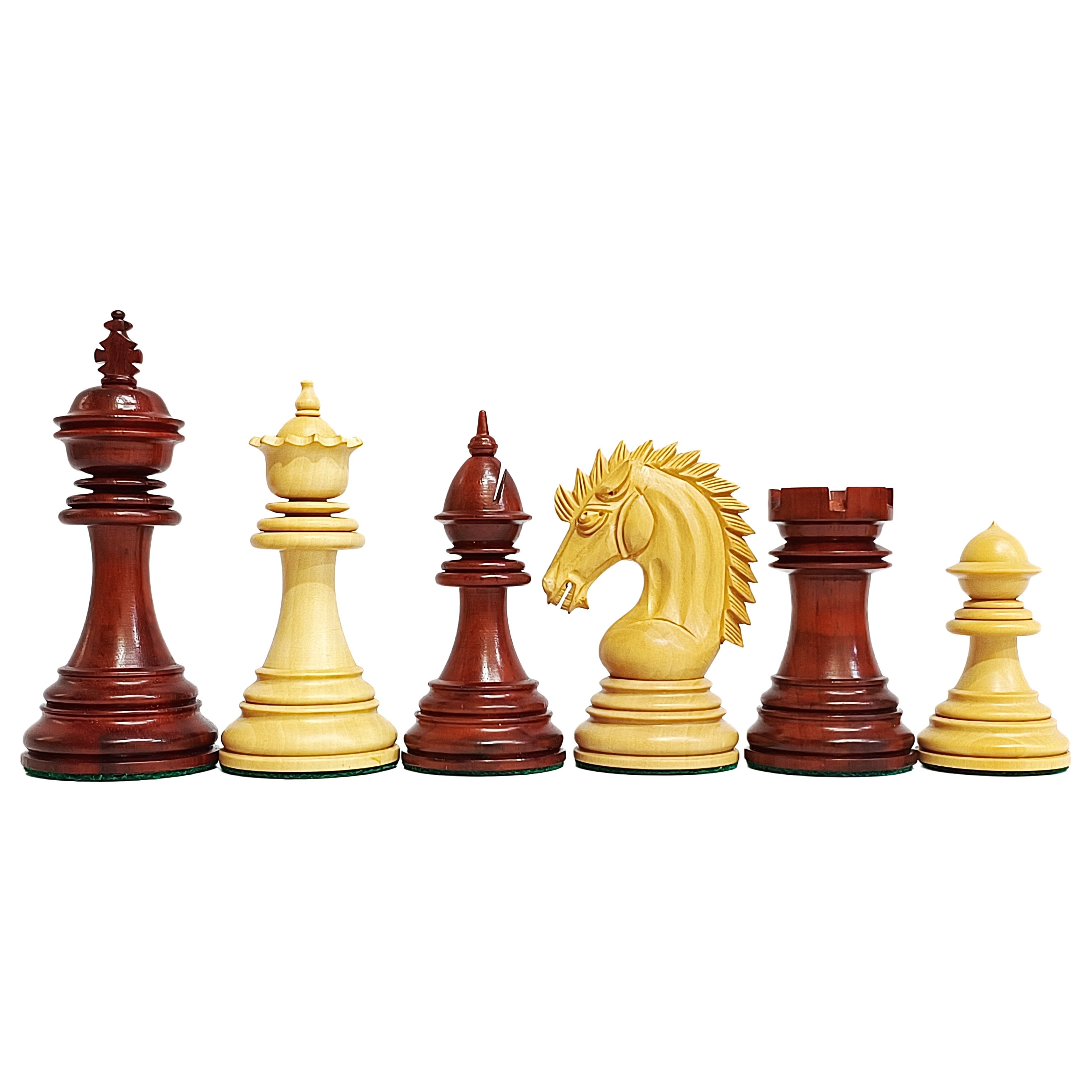


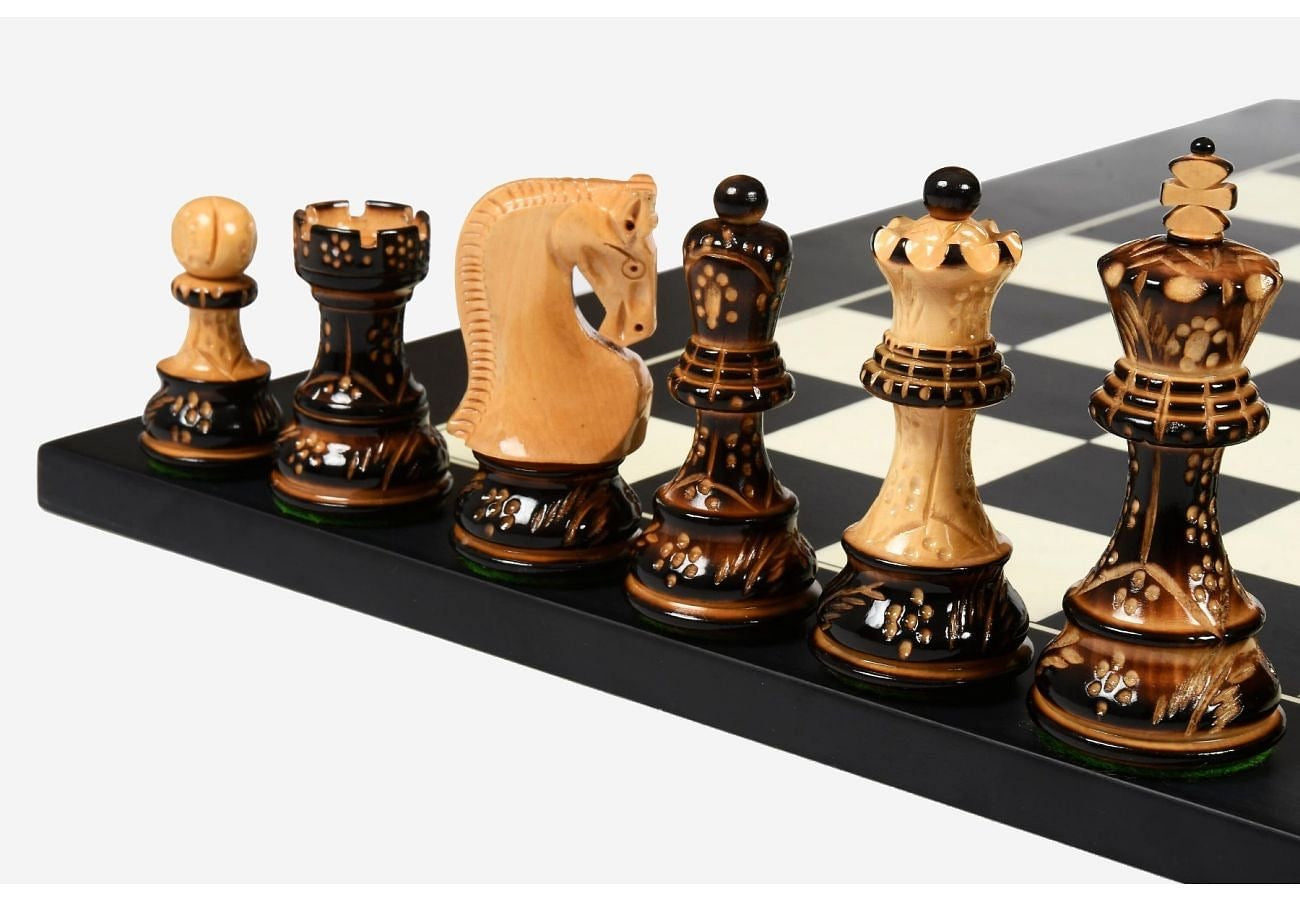
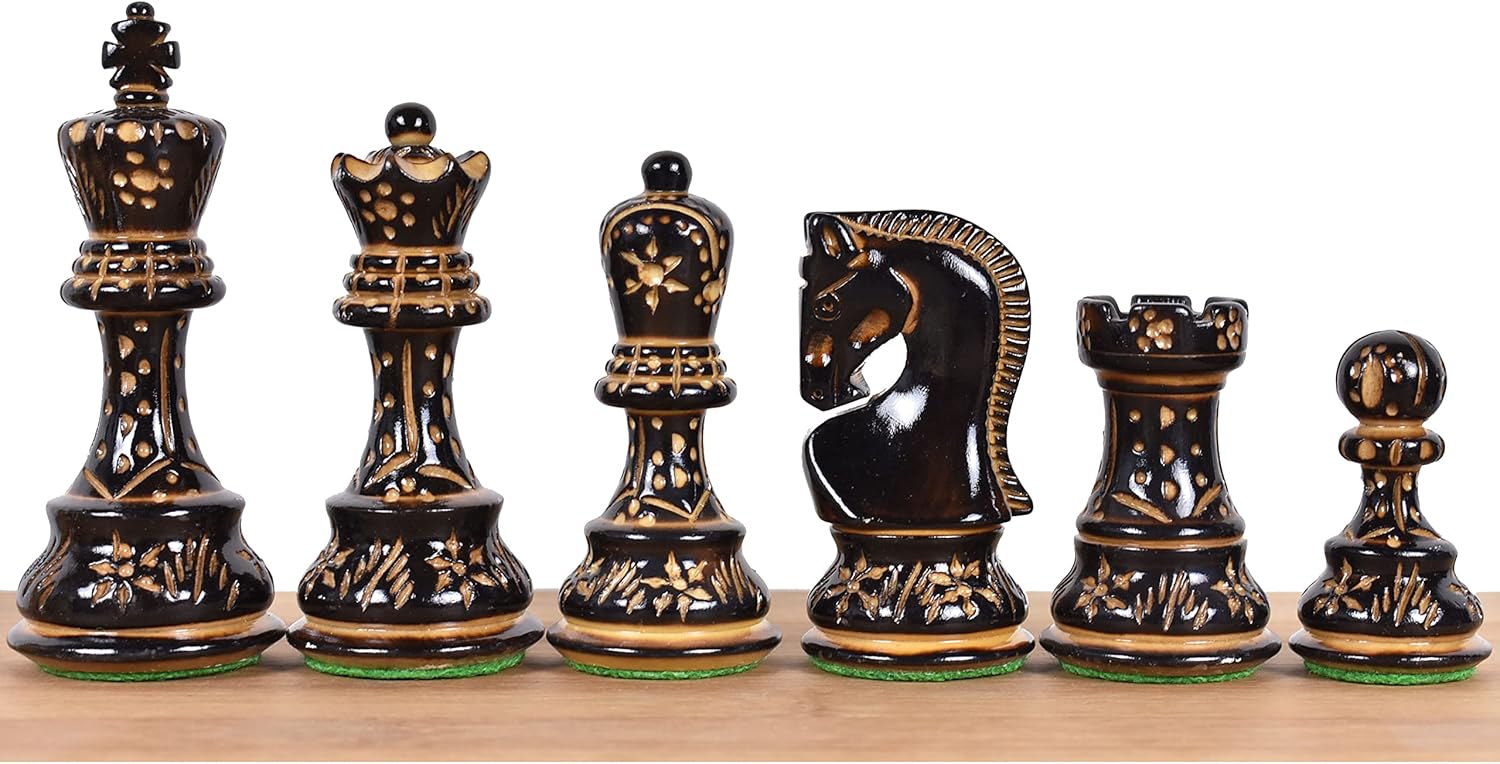
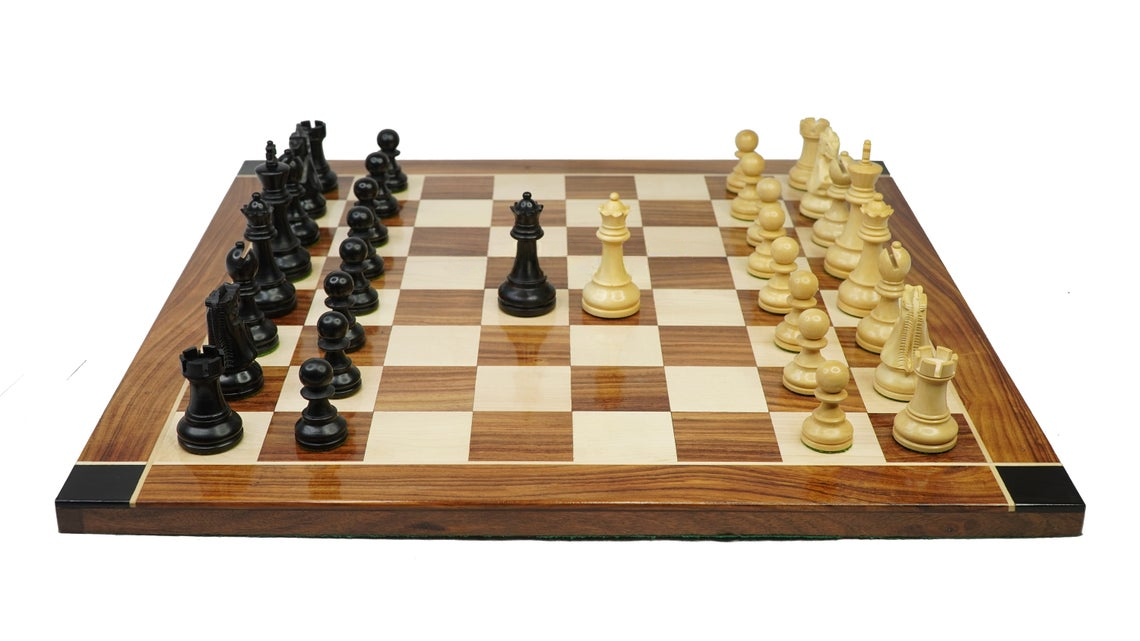

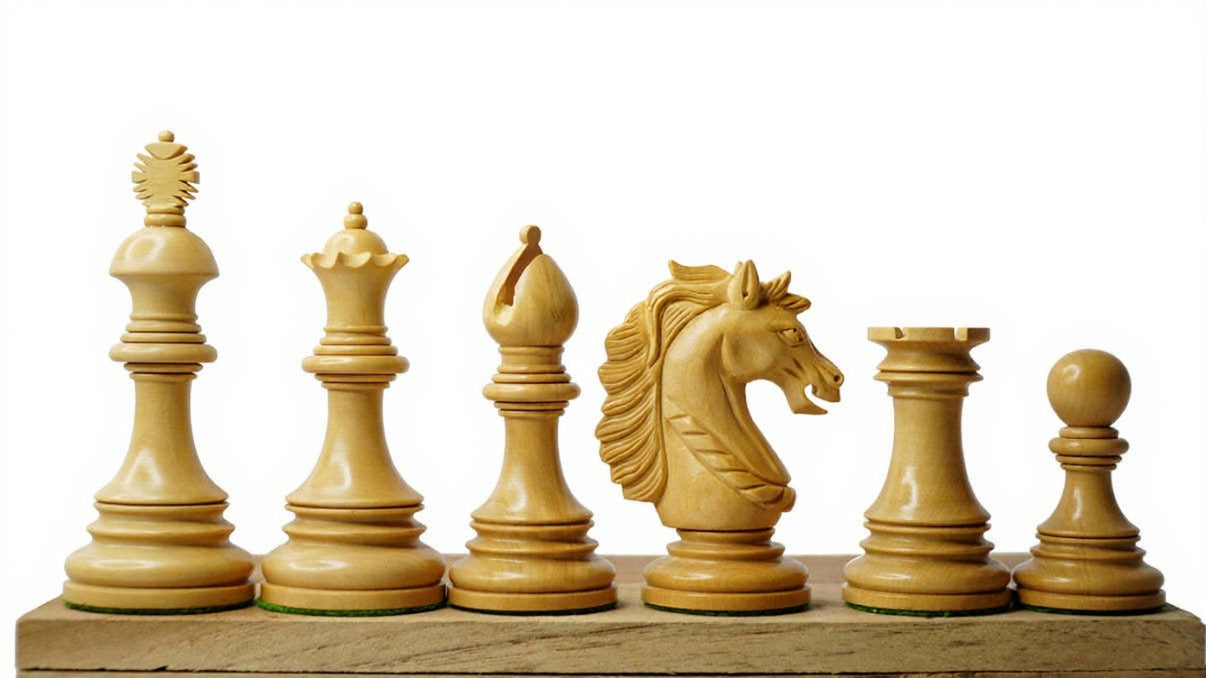
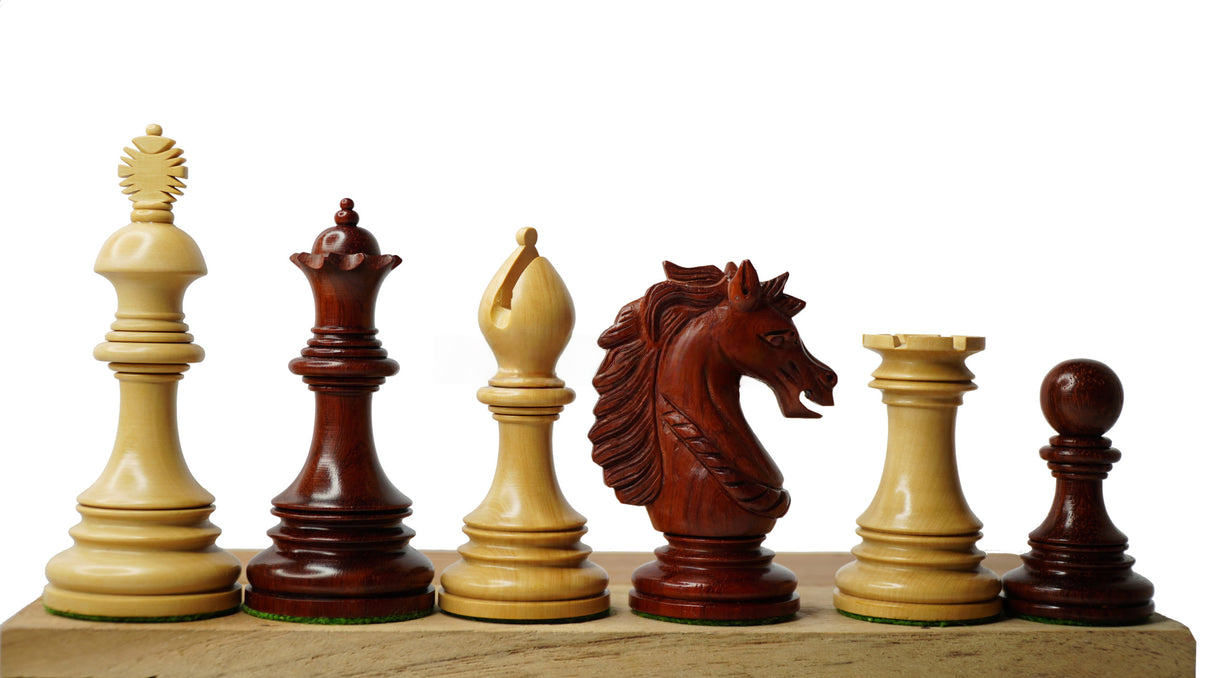
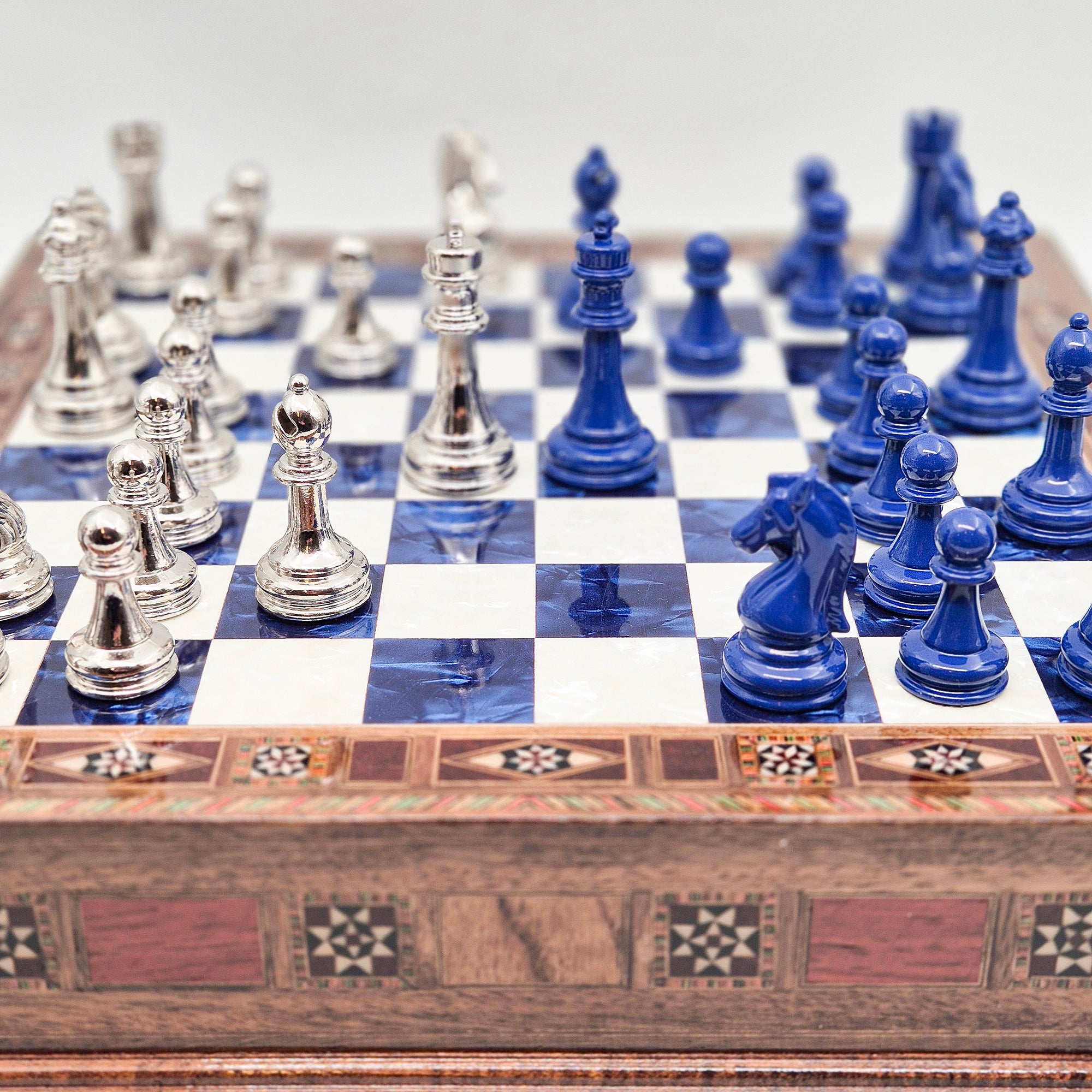


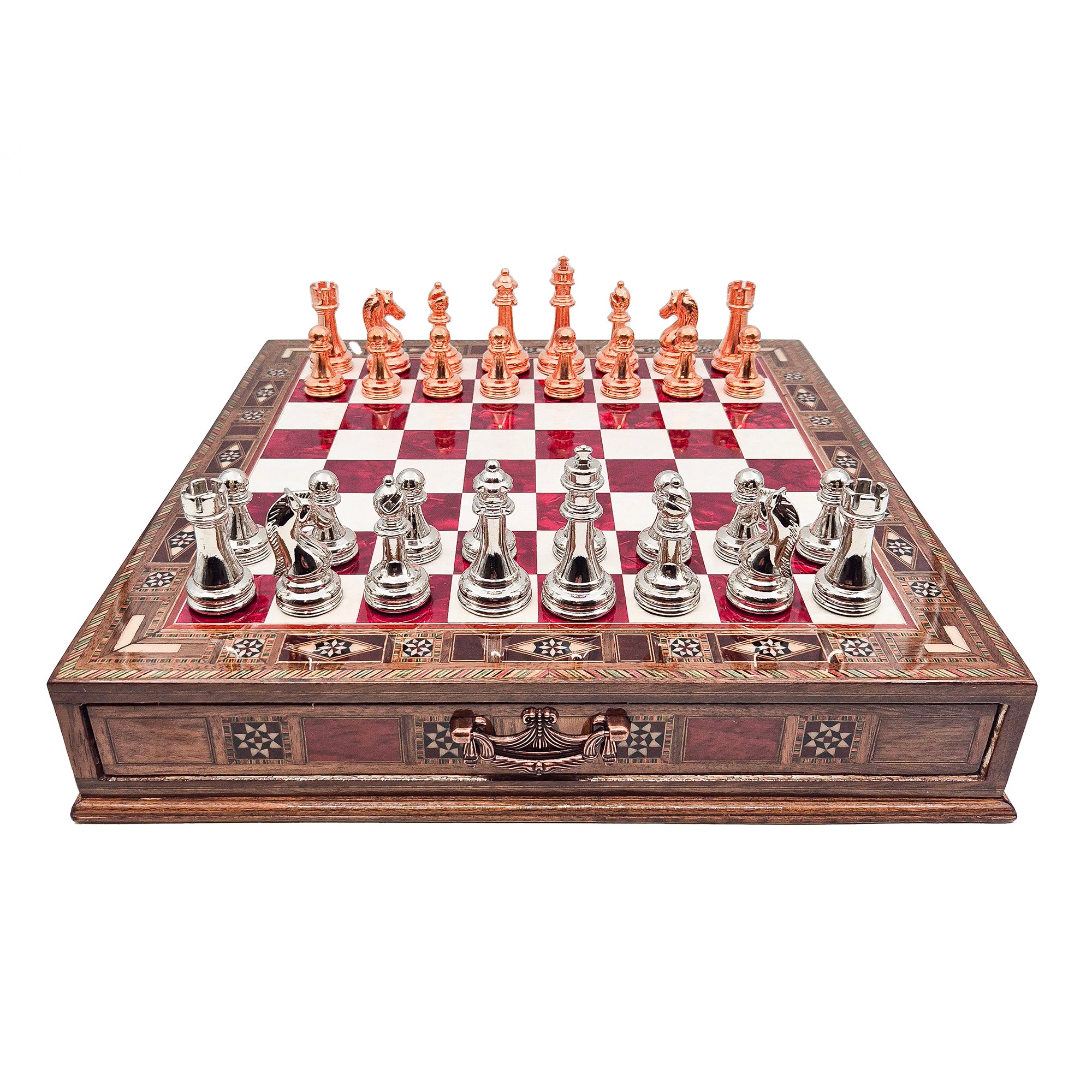
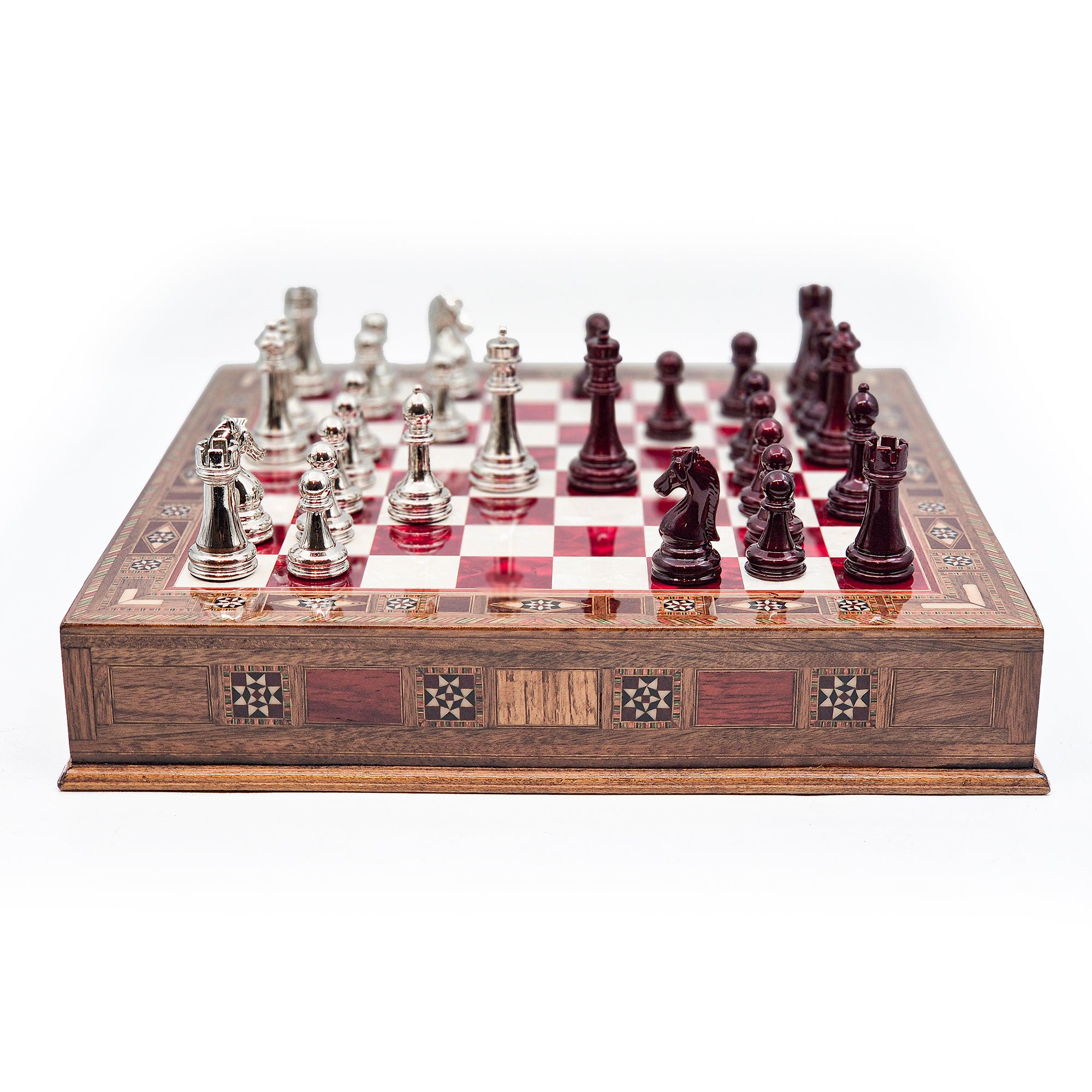
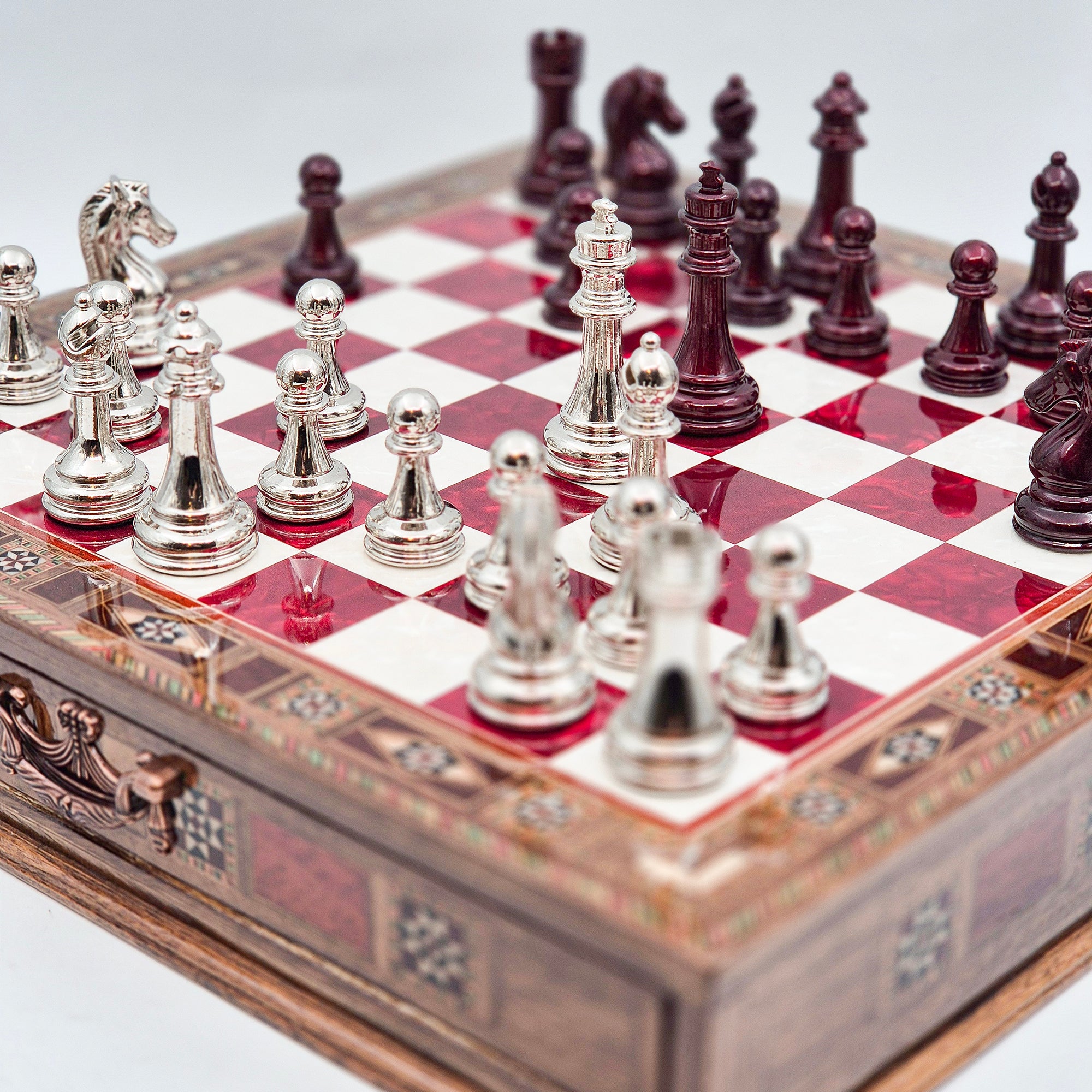
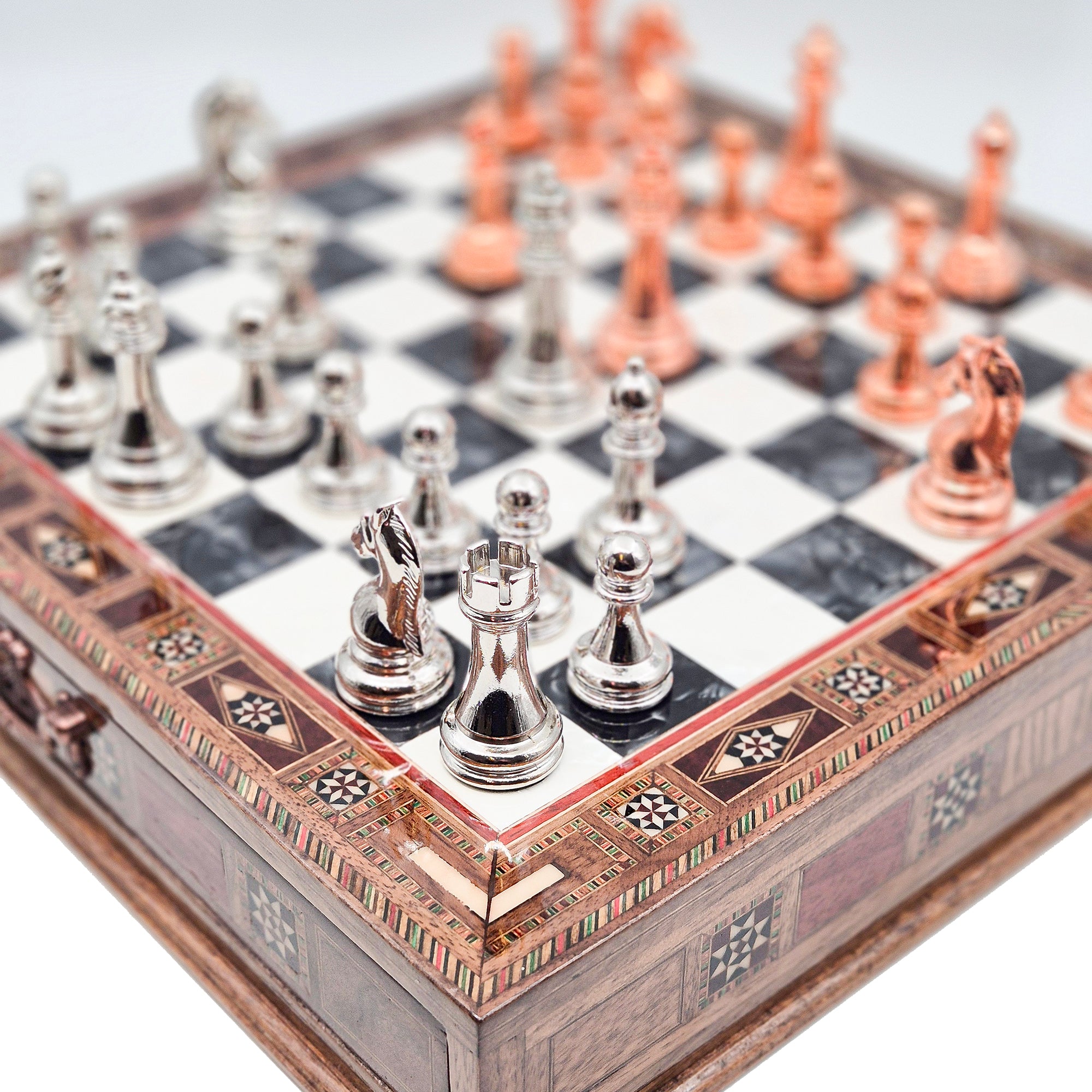
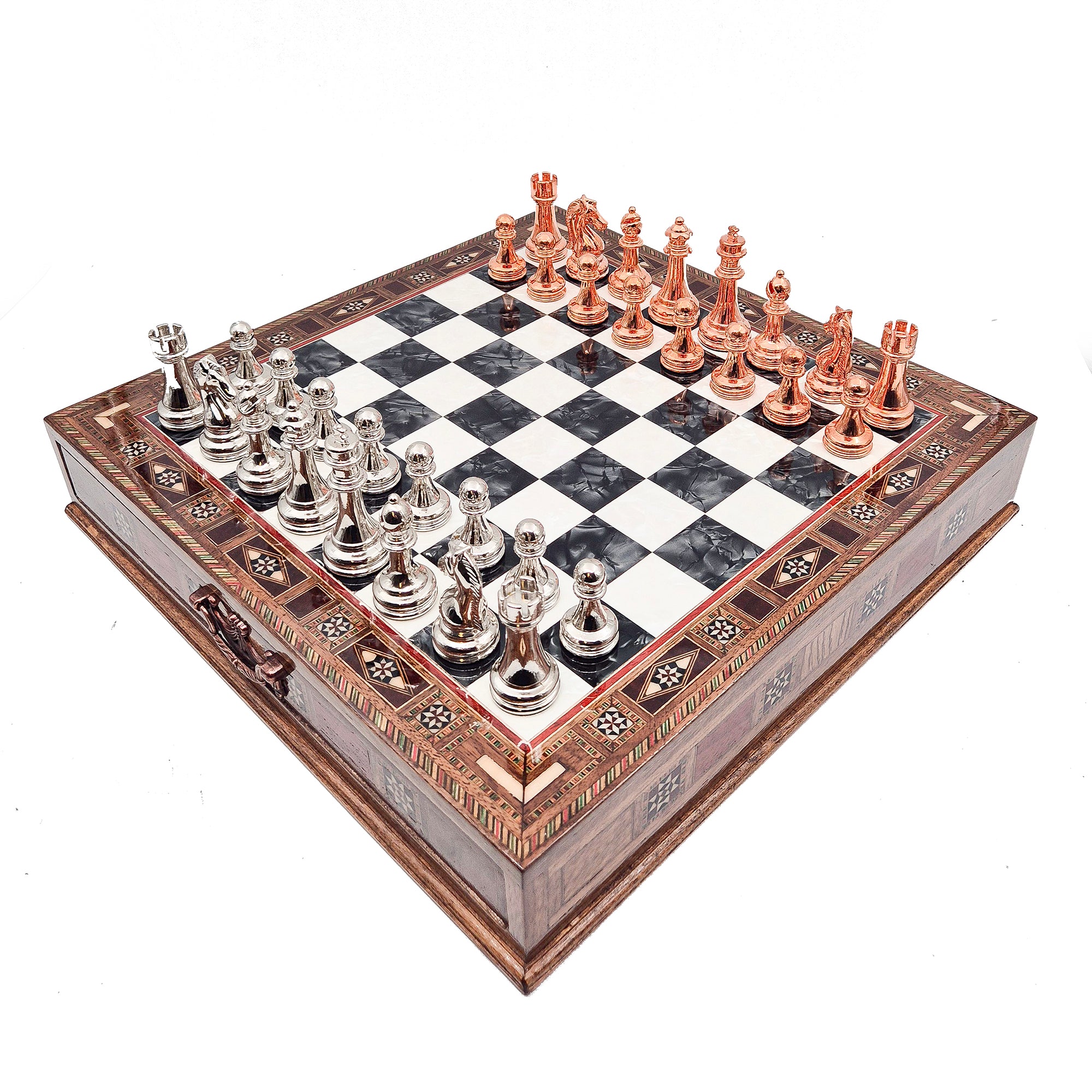


Leave a comment
All comments are moderated before being published.
This site is protected by hCaptcha and the hCaptcha Privacy Policy and Terms of Service apply.